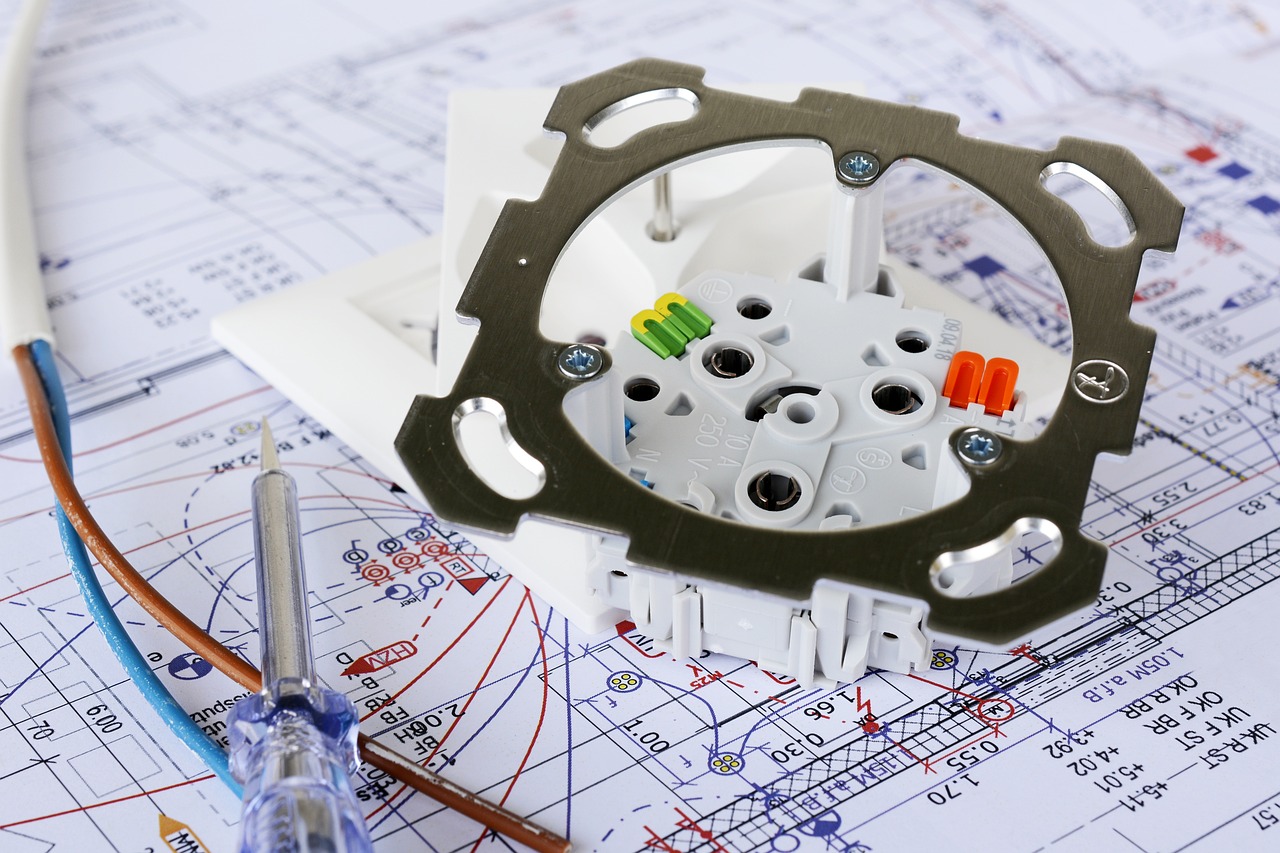The National Fire Protection Association takes workers’ safety very seriously. To date, the NFPA has written more than 300 standards aimed at reducing workplace accidents with proper safety guidelines. While the NFPA is a non enforceable entity, it remains the industry standard and primary consultant for all things related to workplace safety. OSHA, the governing body tasked with keeping industries safe nationwide, commonly references NFPA guidelines in developing chemical storage codes and regulations. If you’ve spent anytime perusing OSHA and NFPA standards, you’ve likely noticed some overlap in language, as the two seemingly go hand-in-hand. For example, NFPA 30, which outlines flammable storage limits on jobsites, is almost identical to OSHA’s chemical storage regulations. NFPA 497 is another unique industry safety standard guiding proper chemical storage procedures. NFPA 497 concerns the Recommended Practice for Classification Flammable Liquids, Gases, or Vapors and Hazardous Locations for Electrical Installations in Chemical Process Areas.
What is a Hazardous Area?
NFPA 497 is unique in that it deals with the proper electrical equipment selection while working in hazardous areas. Understanding and following the NFPA 497 safety standard ensures workplace compliance while making employees cognizant of the inherent risks of using certain electrical equipment near volatile chemicals. NFPA 497 classifies a hazardous area as any area where the immediate atmosphere contains adequate quantities of flammable chemicals, gasses, and vapors that could lead to flashover events. Project managers and workers should always consult NFPA 497 when selecting electrical equipment in hazardous areas.
Who Does NFPA 497 Concern?
NFPA 497 impacts any electrical equipment installer and personnel, as well as equipment manufacturers, or anyone transferring volatile flammable liquids from one container to another. Much of NFPA 497 also concerns securing and safeguarding areas that handle hazardous materials to mitigate potential risks. To fully comprehend NFPA 497 applicability, workers should revisit other relevant NFPA standards, including NFPA 30, which concerns flammable liquids storage limits. Understanding chemical classifications, flashpoints, boiling points, specific chemical incompatibilities, and firefighting procedures will assist personnel in safeguarding hazardous locations before selecting the correct electrical equipment for your specific work area.
Adequate Ventilation
Maintaining adequate ventilation is crucial when safeguarding any hazardous area. If allowed to accumulate, vapors from improperly sealed drums or leaky valves can create a flashover event in a hazardous area with electrical equipment. Our fire-rated chemical storage lockers can mitigate hazards by temporarily removing dangerous chemicals from areas requiring electrical work or equipment installation. These chemical storage lockers are also equipped with mechanical ventilation, which make six air changes per hour, preventing the buildup of toxic and volatile vapors. All U.S. Hazmat Storage lockers can help your company achieve NFPA 497 compliant working conditions. Contact us today for a free quote and consultation.


